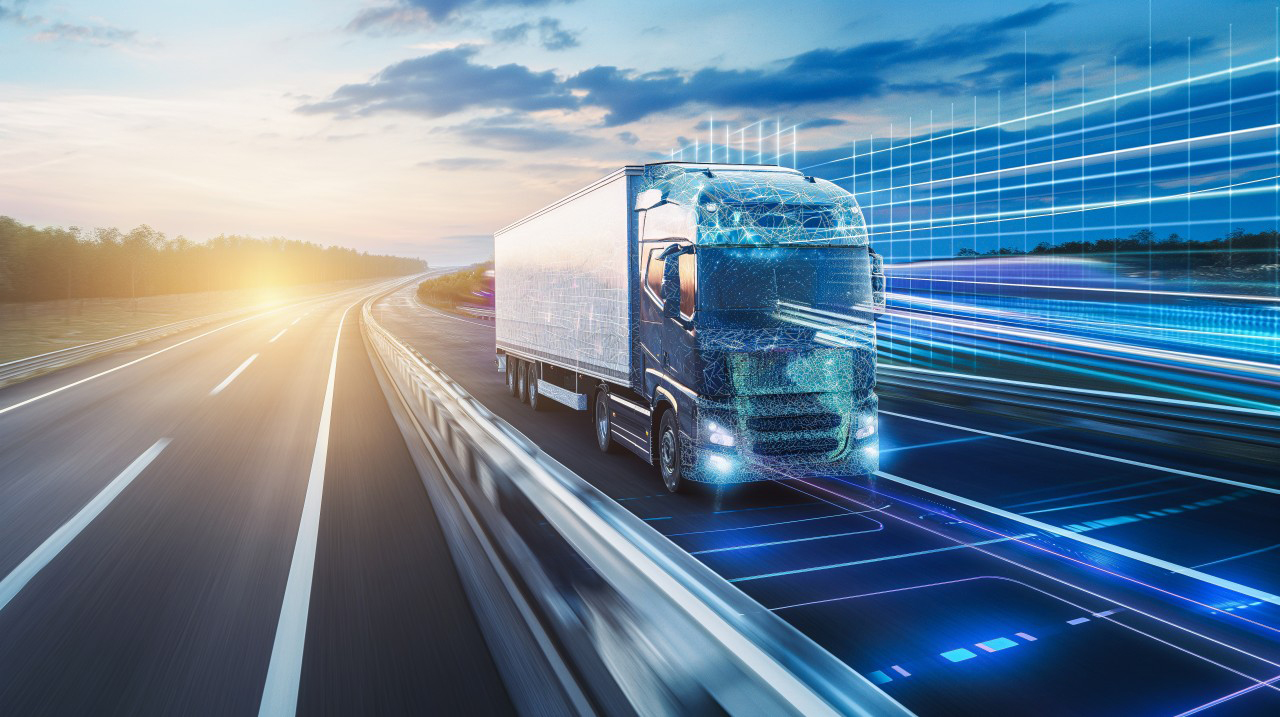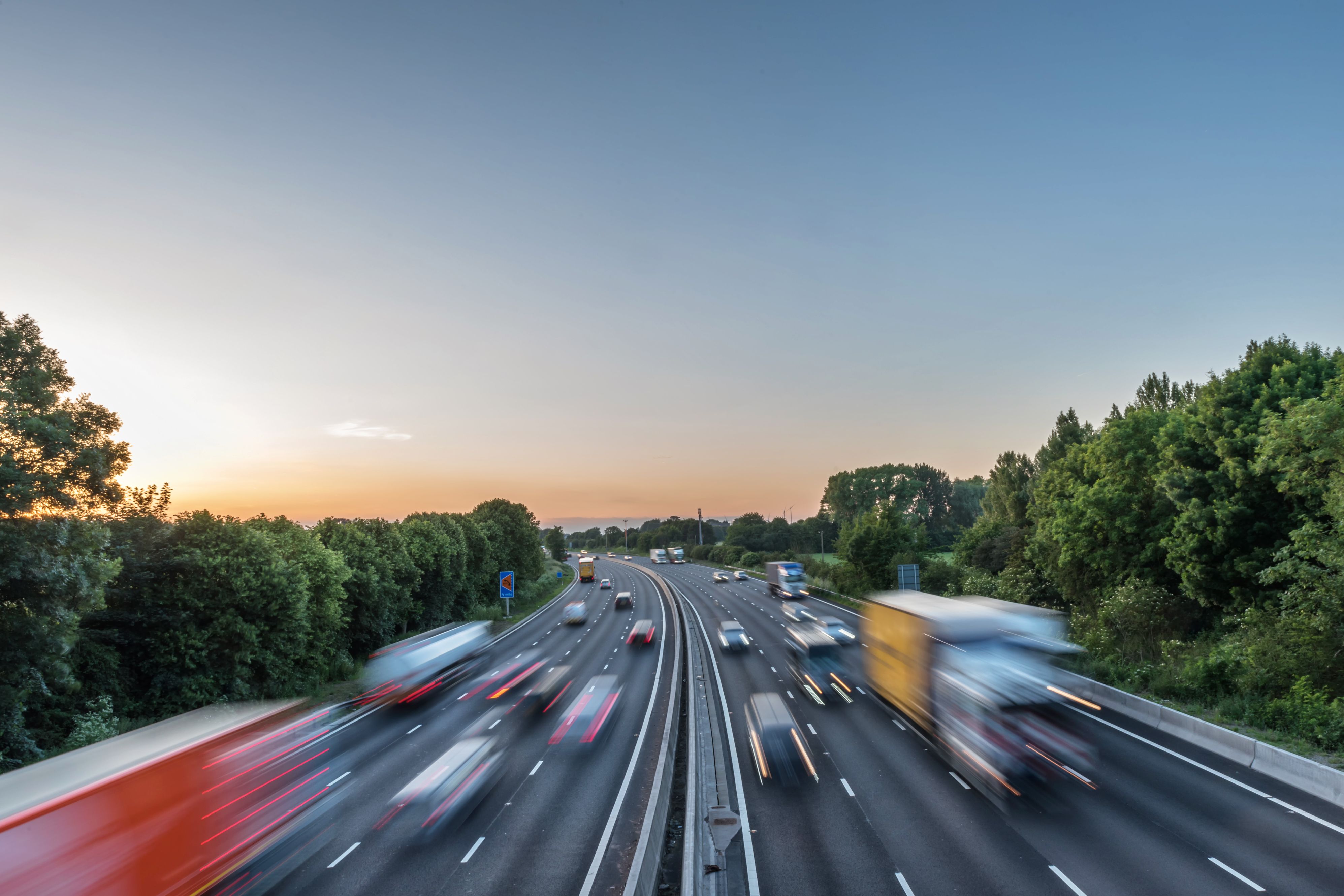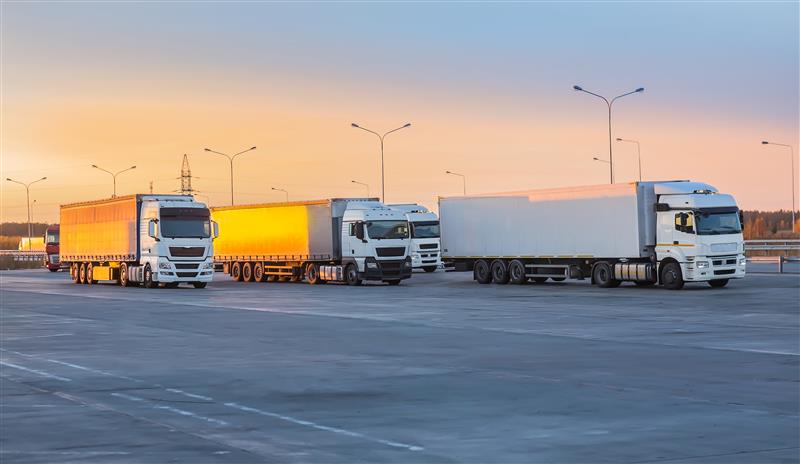
Susie Jones
IA și impactul acesteia asupra sustenabilității în industria transporturilor
Creat: 29.08.2024
•
Actualizat: 29.08.2024
Inteligența artificială (AI) este un termen care a devenit parte a vocabularului modern în ultimii ani. Din cauza lipsei de înțelegere și a concepțiilor greșite, acesta este adesea perceput negativ. În ciuda rezervelor, IA poate avea un impact pozitiv asupra sustenabilității, proceselor de lucru și economiei. Cu peste 25% din emisiile de CO2 produse de industria transporturilor, poate AI să producă o schimbare pozitivă pentru un viitor durabil?
Ce este AI?
Conform Oxford Languages, IA este:
"teoria și dezvoltarea de sisteme informatice capabile să îndeplinească sarcini care necesită în mod normal inteligență umană, cum ar fi percepția vizuală, recunoașterea vorbirii, luarea deciziilor și traducerea între limbi."
Sustenabilitatea în industria de transporturi
Industria se află la o răscruce critică, cu cereri crescute și tipuri de livrare în schimbare - cumpărăturile online sunt una dintre cererile cu cea mai rapidă creștere. În timp ce creșterea cererii poate aduce beneficii industriei de transport, aceasta se confruntă cu o dilemă de mediu care are un impact vital asupra planetei.
Industria are impact asupra mediului în următoarele moduri:
Poluarea fonică: În număr mare, camioanele pot contribui la poluarea fonică. Poluarea fonică perturbă zonele urbane și rurale, afectând adesea bunăstarea locuitorilor și a vieții sălbatice. Expunerea la niveluri ridicate de zgomot poate duce la stres și probleme cardiovasculare.
Emisiile de carbon: Combustibilii tradiționali din camioane eliberează CO2 în atmosferă. Din totalul emisiilor globale din transporturi, 29% provin din transportul cu camionul.
Calitatea aerului: Camioanele emit oxizi de azot și particule - ambele deteriorează calitatea aerului, dăunează mediului și duc la probleme respiratorii la oameni.
Cum poate AI să îmbunătățească durabilitatea
Planificarea rutelor: Planificarea inadecvată a rutelor poate costa flotele bani, timp și resurse. Inteligența artificială poate prezice cu exactitate cererile și cerințele - recomandând cel mai durabil traseu. Algoritmii săi pot analiza tiparele de trafic, condițiile meteorologice și eficiența combustibilului pentru a optimiza rutele de livrare. Acest proces economisește bani și contribuie la reducerea emisiilor de carbon.
Previzionarea cererii consumatorilor: Produsele sunt adesea expediate către consumator, dar nu sunt revendicate, ceea ce duce la risipirea resurselor și la un impact substanțial asupra mediului. Inteligența artificială și analiza predictivă vor ajuta producătorii să anticipeze cererea, să raționalizeze aprovizionarea și să optimizeze procesele de producție. Prin informații semnificative privind livrarea și nerecepționarea bunurilor, IA poate informa companiile de logistică cu privire la bunurile care trebuie expediate, abordând problemele de mediu de la sursă.
Monitorizarea șoferilor: Algoritmii AI analizează tiparele șoferilor, cum ar fi viteza, frânarea bruscă și mersul în gol. Pe baza acestora, AI poate oferi asistență și stimulente pentru o conducere mai eficientă din punct de vedere al consumului de combustibil.
Reducerea consumului de energie: Inteligența artificială poate asista companiile de flote în gestionarea energiei în cadrul lanțurilor de aprovizionare. Aceasta poate identifica zonele ineficiente și poate oferi strategii de optimizare - inclusiv analiza datelor de la contoarele inteligente, senzori și alte dispozitive pentru a determina ce consumă prea multă energie.
Va prelua AI industria logistică?
Deși utilizarea IA va juca un rol în industria logistică, este puțin probabil ca aceasta să preia controlul complet. Algoritmii AI nu pot lua în considerare evenimentele spontane și excepțiile - prin urmare, implicarea umană va juca în continuare un rol crucial. Oportunitățile de carieră în industria de transport vor exista în continuare, dar vor arăta semnificativ diferit.
Cum își mai poate reduce industria emisiile de carbon?
Industria poate adopta următoarele măsuri:
Vehicule cu emisii reduse: Vehiculele HGV electrice și hibride pot reduce emisiile de carbon. Ambele sunt potrivite pentru transportul pe distanțe scurte și lungi.
Combustibili alternativi: Având în vedere că se apropie cu pași repezi anul Net-Zero 2050, legislația privind energia este orientată către alternative mai curate. Uleiul vegetal hidrotratat (HVO) poate reduce emisiile imediat și semnificativ. [Certas Energy HVO] (https://certasenergy.co.uk/my-business/products/hvo/hvo-faq-fuel-guide/) este în spatele trecerii la o alternativă mai curată - ajutând întreprinderile să își îndeplinească obiectivele de sustenabilitate și să facă pași semnificativi către viitorul lor net zero. HVO oferă următoarele beneficii:
O reducere imediată de până la 90% a emisiilor cu efect de seră în comparație cu motorina standard, pe întregul ciclu de viață al produsului.
Mai puțini oxizi de azot decât motorina standard
Mai puține particule decât motorina standard
Ușor biodegradabil
Durată lungă de depozitare de până la 10 ani
Practic fără FAME
Introduceți motorina alternativă - nu sunt necesare modificări ale motorului sau ale infrastructurii.
Eficiența vehiculelor: Motoarele eficiente din punct de vedere al consumului de combustibil, reducerea timpului de inactivitate și întreținerea regulată pot îmbunătăți eficiența.
Ambalaje inteligente: Materialele biodegradabile și reciclate pot fi utilizate de producători la expedierea articolelor - acest lucru reduce deșeurile și scade costurile. În plus, ambalajele mai ușoare vor îmbunătăți eficiența, ducând la reducerea emisiilor de carbon.
Energie regenerabilă: Utilizarea surselor regenerabile de energie, cum ar fi energia solară sau eoliană, în cadrul operațiunilor poate reduce semnificativ emisiile de carbon.
Reduceți kilometrajul de ocolire: Contul SNAP le permite managerilor de flote să reducă kilometrajul de ocolire - cu peste 600 de parteneri de servicii disponibili pentru clienții Contului SNAP, cu siguranță va exista o oprire pe ruta dvs.



